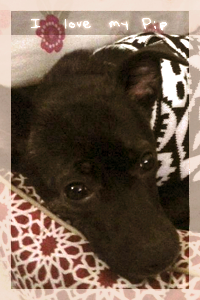Post by Quirky Tea on Nov 6, 2015 16:59:49 GMT
[nospaces]
[attr="class","guidebookcontainer2"]
[attr="class","guidebookbody"] Each subject is given its own post to be explained, just click on the links below if you want to jump to something specifically or simply scroll down the page to read everything.
[attr="class","guidebookquote2"]
Learn how time passes in this game.
[break]
[break]
Learn the breeding mechanics as well as the different stages in your dog's life.
[break]
[break]
Learn about how hunting and fighting are done at In-Drift.
[break]
[break]
Learn about how packs are run, formed, and how to join the different packs.
[break]
[break]
Learn our policy with NPCs as well as our Events account.
[attr="class","guidebooktitle"]Game Mechanics
[attr="class","guidebookbody"]In-Drift has its own way of doing things such as pack formation, breeding, hunting, etc that may or may not be what you're used to doing on other canine RPs. The staff at In-Drift strives to make the game as streamlined as possible, but also to give you maximum freedom to create your own plots.
[attr="class","guidebooksubtitle"]Table of Contents
[attr="class","guidebookbody"] Each subject is given its own post to be explained, just click on the links below if you want to jump to something specifically or simply scroll down the page to read everything.
[attr="class","guidebookquote2"]
[attr="class","guidebookchapter"]I.Time and Seasons
Learn how time passes in this game.
[break]
[break]
[attr="class","guidebookchapter"]II.Breeding and Aging
Learn the breeding mechanics as well as the different stages in your dog's life.
[break]
[break]
[attr="class","guidebookchapter"]III.Hunting and Fighting
Learn about how hunting and fighting are done at In-Drift.
[break]
[break]
[attr="class","guidebookchapter"]IV.Packs
Learn about how packs are run, formed, and how to join the different packs.
[break]
[break]
[attr="class","guidebookchapter"]V.NPCs and the Events Account: Happenstance
Learn our policy with NPCs as well as our Events account.
